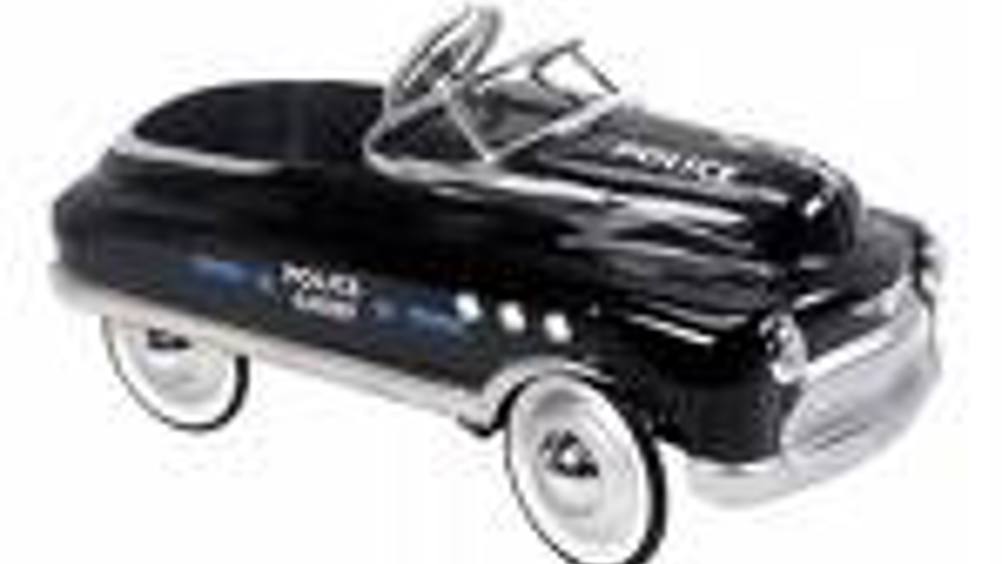Crash colour

Black coloured cars are more likely to be involved in a crash, according to definitive new research linking road safety and vehicle colour.
The Vehicle Colour Study, conducted by Monash University Accident Research Centre (MUARC) in Australia, confirmed the popular belief that white is the safest choice when it came to being visible and safe on the road.
Compared to white vehicles, black cars had a 12 per cent higher crash risk, closely followed by grey cars with 11 per cent higher risk. Silver vehicles were next, with 10 per cent, then blue and red at 7 per cent. While other car colours such as cream, yellow and beige ranked closely to white, no other colour ranked safer than white.
The MUARC research was supported by the Royal Automobile Club of Victoria RACV, VicRoads, the Roads and Traffic Authority (RTA), National Roads and Motorists' Association (NRMA) and the Transport Accident Commission (TAC). Using on-road crash data, researchers analysed crashes between 1987 and 2004 in Victoria and Western Australia that resulted in death or injury or a vehicle being towed away.
Register now to continue reading
Thanks for visiting The Engineer. You’ve now reached your monthly limit of news stories. Register for free to unlock unlimited access to all of our news coverage, as well as premium content including opinion, in-depth features and special reports.
Benefits of registering
-
In-depth insights and coverage of key emerging trends
-
Unrestricted access to special reports throughout the year
-
Daily technology news delivered straight to your inbox










Fusion inches closer as ITER completes magnet system
I believe the purpose of ITER isn't to make usable power, it is a research project which will be used to design the first generation of actual...